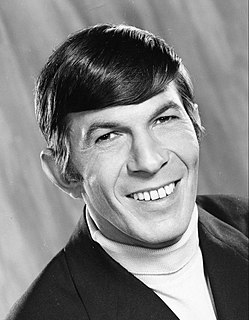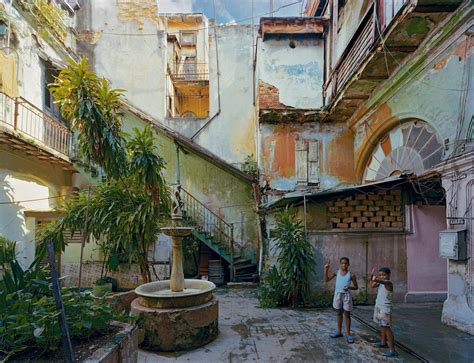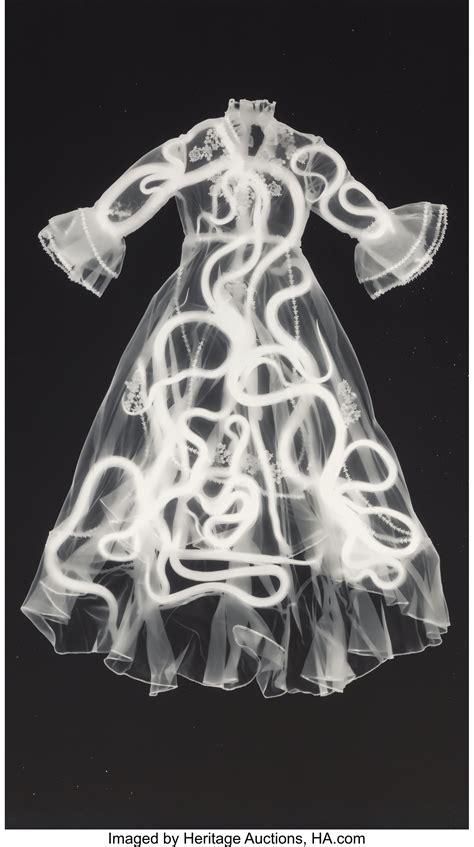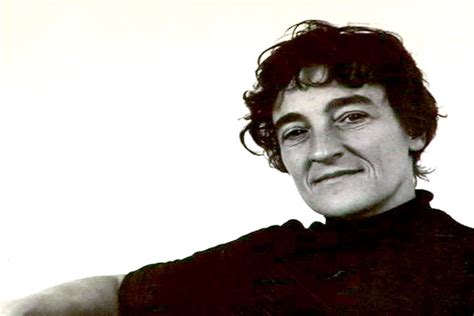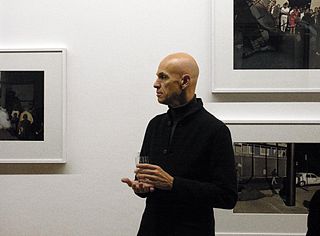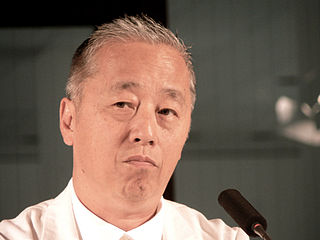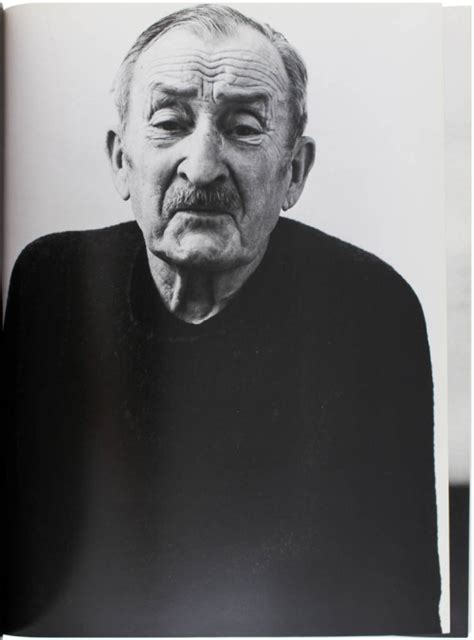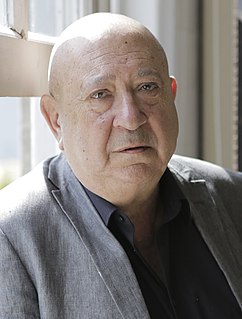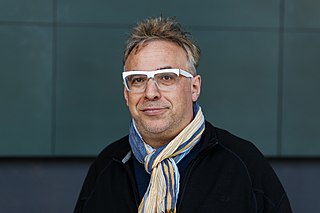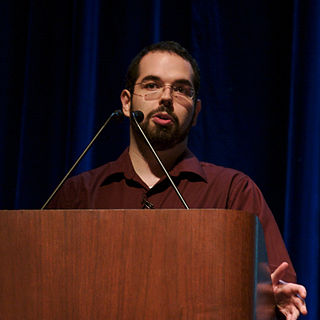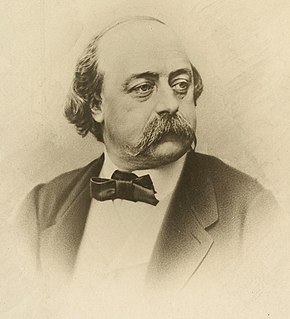A Quote by Trevor Paglen
Looking out at the photographic landscape that surrounds us - the world of images and image-making that we inhabit - it seems obvious that photography has undergone dramatic changes in its technical, cultural, and critical composition.
Related Quotes
Essentially, in photography, I think on two levels: one emotional and the other technical. The emotional impact has to do with looking for something dramatic happening in the photograph, something that reaches out and touches somebody in some way. And the technical is having to do with composition and framing - light and dark, light and shadow.
I was attracted to photography because it was technical, full of gadgets, and I was obsessed with science. But at some point around fifteen or sixteen, I had a sense that photography could provide a bridge from the world of science to the world of art, or image. Photography was a means of crossing into a new place I didn't know.
Given the lack of public skills in reading photographs, given that photographic content is sometimes buried in beauty, contemporary landscape photographers are often condemned to making pretty pictures. Dramatic clouds and sifting light can overwhelm more mundane information. Yet who can resist beautiful landscape pictures of one kind or another? Not I.
Humans have changed the landscape so much, but images of the sea could be shared with primordial people. I just project my imagination on to the viewer, even the first human being. I think first and then imagine some scenes. Then I go out and look for them. Or I re-create these images with my camera. I love photography because photography is the most believable medium. Painting can lie, but photography never lies: that is what people used to believe.
I like making images that from a distance seem kind of seductive, colorful, luscious and engaging, and then you realize what you're looking at is something totally opposite. It seems boring to me to pursue the typical idea of beauty, because that is the easiest and the most obvious way to see the world. It's more challenging to look at the other side.
Knowing a great deal about what is in the world art, catastrophe, the beauties of nature through photographic images, people are frequently disappointed, surprised, unmoved when the see the real thing. For photographic images tend to subtract feeling from something we experience at first hand and the feelings they do arouse are, largely, not those we have in real life. Often something disturbs us more in photographed form than it does when we actually experience it.
Photojournalism is photography with more story telling. A single image can be amazing and dramatic. I started out shooting individual images, but I found I wanted to have more of a voice: to actually say something. I wanted to do something more personal over a long period of time, with more authorship.
... what is faked [by the computerization of image-making], of course, is not reality, but photographic reality, reality as seen by the camera lens. In other words, what computer graphics have (almost) achieved is not realism, but rather only photorealism - the ability to fake not our perceptual and bodily experience of reality but only its photographic image.
Ah! In fact there are two moralities ... The petty one, the conventional one, the one devised by men, that keeps changing and bellows so loudly, making a commotion down here among us, in a perfectly pedestrian way ... But the other one, the eternal one, is all around and above us, like a landscape that surrounds us and the blue sky that gives us light.

